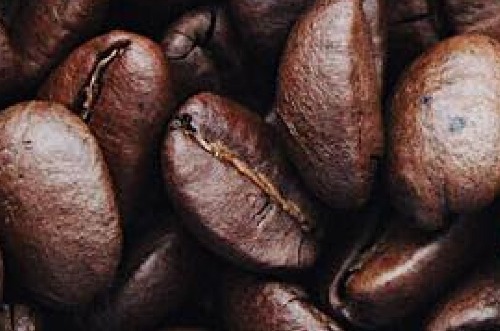Global Coffee Prices Crash as Brazilian Production Grows

Global coffee prices continue to drop on the back of improved production and the strengthening of the USD against the Brazilian Real. Monthly average prices for all group indicators decreased in November. According to reports from the International Coffee Organization (ICO), the ICO Composite Indicator Price (I-CIP), which provides an overall benchmark for the price of green coffee, fell by 12.3% MoM, averaging USD 1.57/lb in November. Colombian Milds averaged USD 2.23/lb in November, falling by 14.8% MoM, while the Other Milds category dropped from USD 2.40/lb in October to USD 2.14/lb in November. Brazilian Naturals fell by 13.4% to USD 1.67/lb, while the Robustas dipped below the USD 1.00/lb mark, averaging USD 0.93/lb for November, a 10.1% MoM decline.
Source: International Coffee Organization
Several bearish factors are responsible for the crashing coffee prices. Brazil, the leading global coffee supplier, is experiencing improved weather conditions this year compared to the past couple of years. Rainfall levels suggest that the country will have a bountiful crop, securing supply. September rains, marking the start of the wet season, were particularly plentiful. As a result, the USDA forecasts that the 2022-23 crop could reach 62.6 million 60-kg bags, an increase of 4.5 million bags compared to the previous crop. Of this total, Arabica production could rise by 9% to 39.8 million bags, while the Robusta crop looks set to reach 22.8 million bags, a 1.1 million bag increase from last year.
The strength of the US dollar has also weighed heavily on coffee prices. The weakening of the Brazilian Real against the USD has prompted coffee growers to offload their stocks to capitalise on this, as global coffee prices are benchmarked against the USD. As a result, growers would earn a higher value of the Brazilian Real for their produce at this time than they would when the Real strengthens. Consequently, these increased volumes in the market are suppressing coffee prices. Large coffee companies have also benefited from this situation by securing long-term contracts, which help protect them from short-term volatility.
This situation marks a sharp reversal compared to the previous year, when the ICO CP rose to USD 1.95/lb in November, the highest monthly average in ten years, owing to production woes in Brazil and Vietnam. This dramatic change in overall market conditions, puts down a marker for the coming year.




